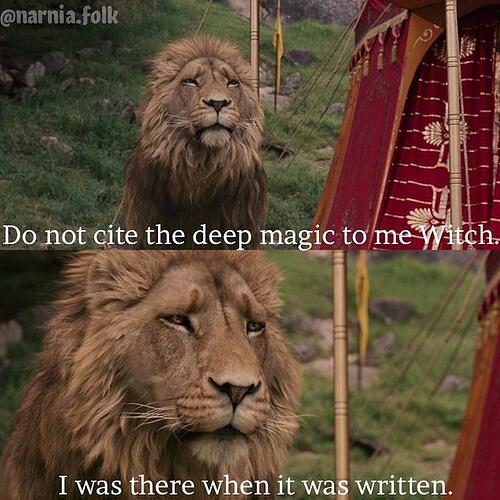This is more to the point of the thread. Wouldn’t it make sense to advise the NMC to phase out paper chart questions, and academies phase out paper chart training, and instead teach traditional methods only as they can be applied to a plotter? All testing would be done on a simulated plotter
How much of the navigational landscape is based on paper charts? Visual navaids are redundant without paper charts. Lighthouses are ignored by many modern navigators, especially at night. The captain tells the mate, “See that? That’s Blah-Blah Light!” And the mate says, “Uh-huh” and stares at the plotter.
Many modern navigators ignore navaids, and focus on the plotter. So why bother with the taxpayer expense?
Celestial navigation doesn’t rely on paper charts per se but is much less useful without them. So C-Nav can be dumped right away. Unless the desire is to have actual navigators aboard ship rather than ECDIS-operators, which are what many modern navigators actually are.
The difference is this: in the very unlikely event of an ECDIS system going down for a minute or two, a true navigator, with navaids and compasses, would be able to keep the boat oriented, and make a turn, until the next plotter was online. They would do this would perfect confidence in their ability to pilot by eye for the short interim. Meaning, they would keep focus.
Whereas an ECDIS-operator in those few minutes would be a hot mess of confusion, or a cluelessly-cool accident waiting to happen. Doesn’t matter what they learned three years ago in class about piloting. Unless you practice piloting, skill is quickly lost.
We can say that in the case of the ECDIS-operator, the captain will be on the bridge in seconds, to save the situation with their long years of experience. But that will come to an end when most captains themselves are ECDIS-operators and not true navigators.
In the end it comes down strictly to the degree of professional skill the shipowner wants in their wheelhouse. Most shipowners will go with the cheapest option available.

